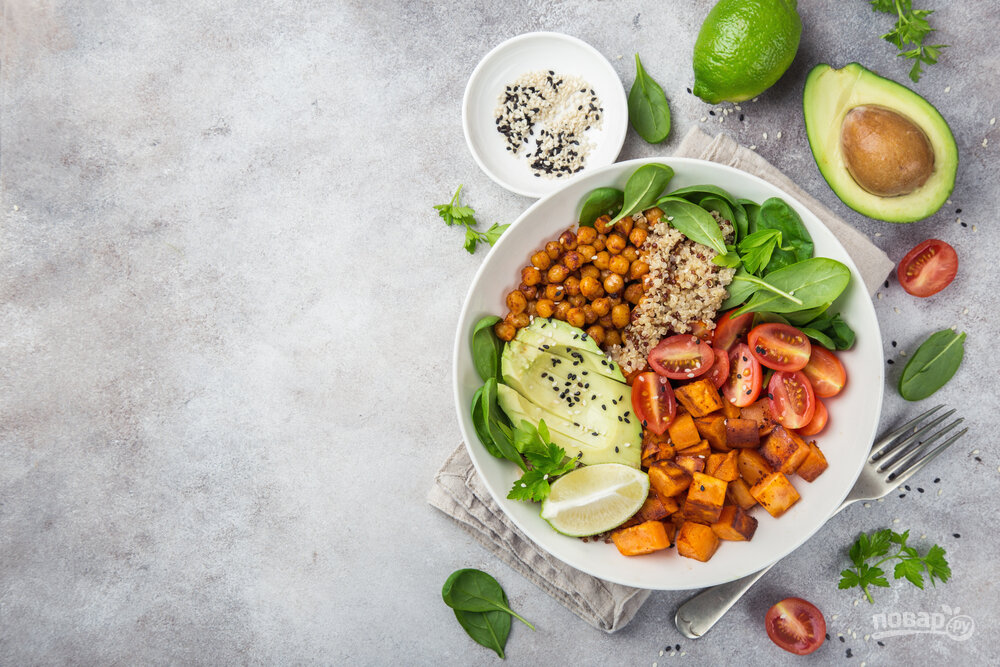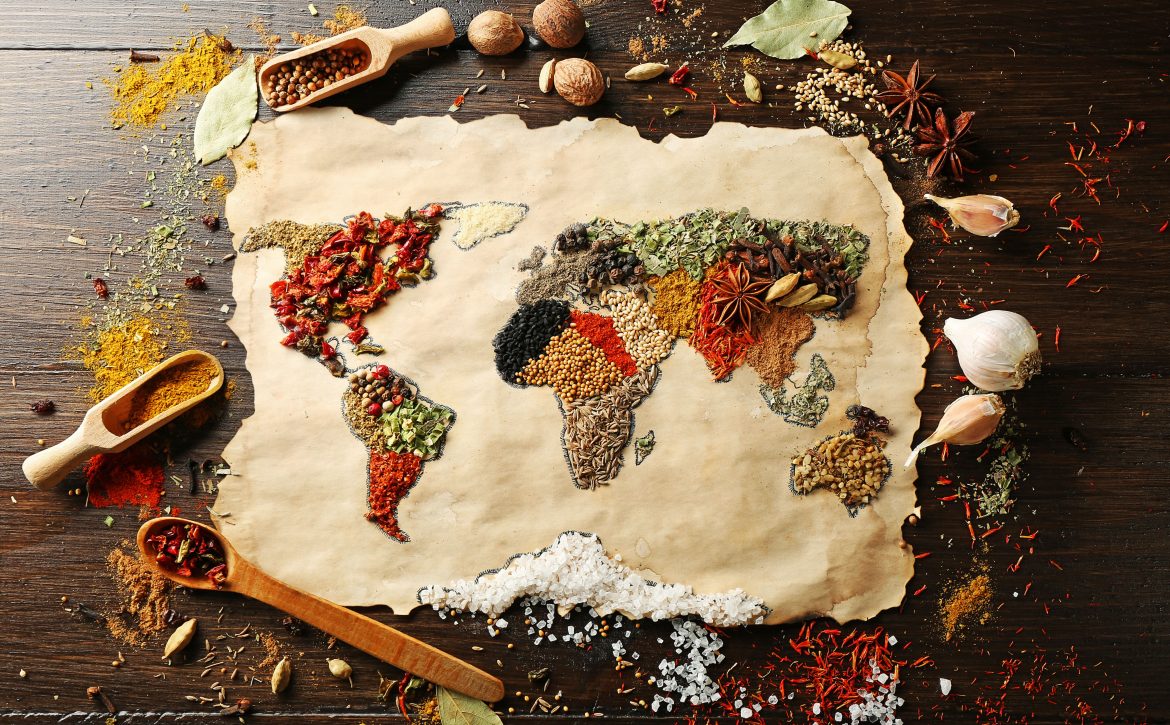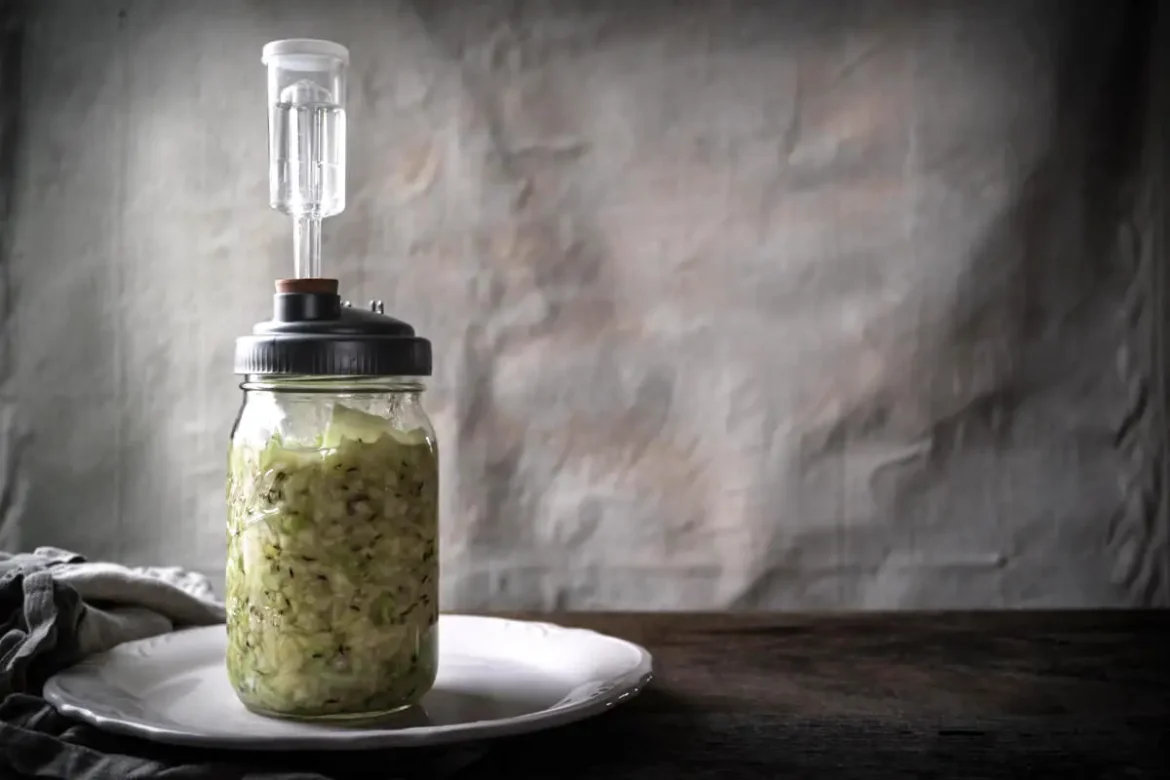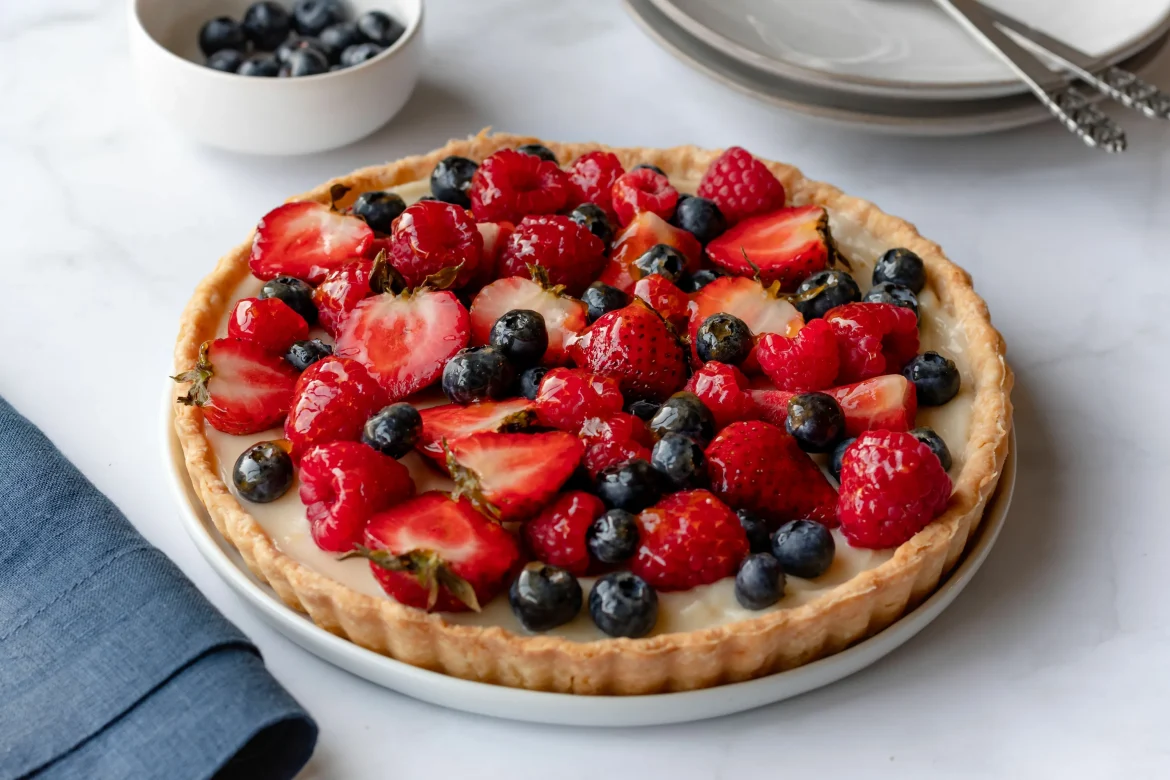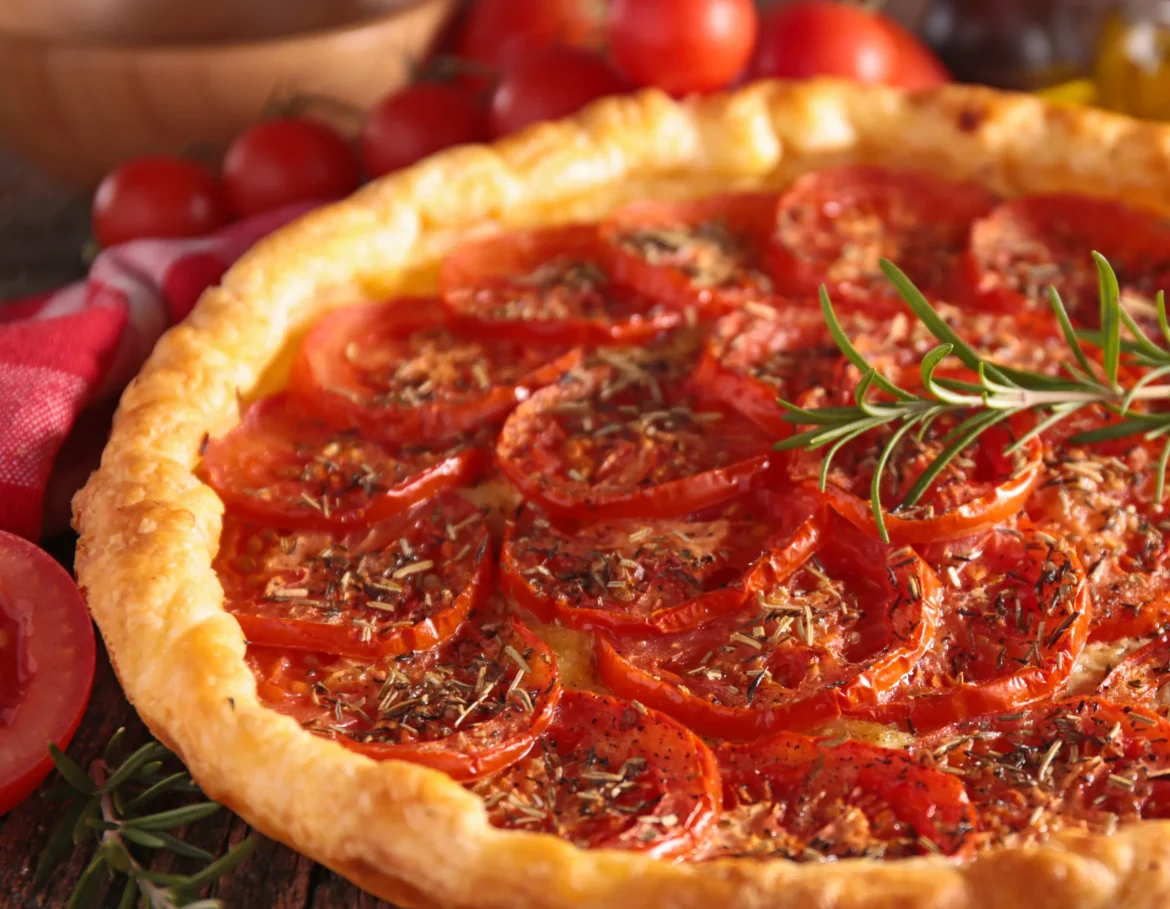Plant-based cooking has exploded in popularity, and for good reason. Beyond the ethical and environmental arguments, it offers an exciting world of culinary creativity. When you cook without meat or dairy, you’re challenged to rethink textures, proteins, and flavor combinations in entirely new ways.
Legumes like lentils, chickpeas, and black beans are protein-rich and incredibly versatile. Roasted chickpeas become crunchy snacks; blended with garlic and tahini, they turn into silky hummus. Lentils can replace ground meat in shepherd’s pie or Bolognese. Even aquafaba, the liquid from canned chickpeas, can be whipped into a foam as a substitute for egg whites.
